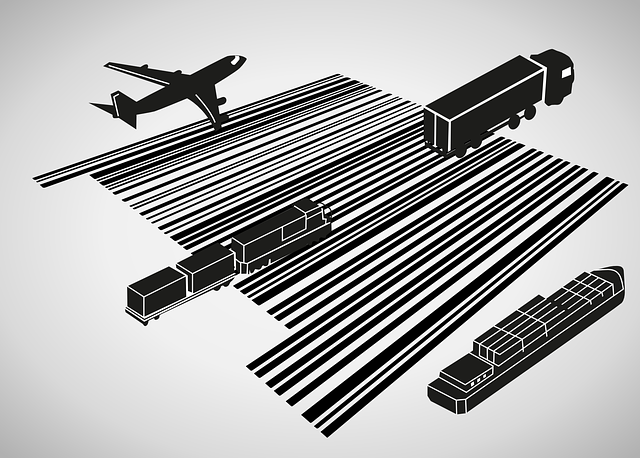

Supplier Collaboration Platform: A Strategic Tool for Anticipating Contingencies
As supply chains grow more global and complex, anticipating and managing contingencies has become essential for companies. Unforeseen delays from suppliers, disruptions caused by geopolitical events, and regulatory changes can lead to significant costs, production delays, and even market losses. To mitigate these risks, an increasing number of companies are adopting supplier collaboration platforms. These digital tools enhance communication and coordination among various supply chain players, improve responsiveness, and enable proactive management of unforeseen events before they impact operations.
The Challenges of Managing Hazards in the Supply Chain
Understanding Hazards
Supply chain hazards can manifest in various forms, both external (e.g., natural disasters, health crises, political tensions) and internal (e.g., supplier failures, production delays). These events can occur unexpectedly, making it challenging for companies to anticipate and respond without adequate tools.
To effectively manage hazards, businesses must identify risks before they escalate into major problems. This involves not only having access to real-time information but also fostering proactive collaboration with supply chain partners.
The Impact of Unforeseen Events on the Supply Chain
A poorly managed contingency can disrupt the entire supply chain. For instance, if a supplier fails to deliver on time, it can halt production, leading to increased costs, lost sales, and customer dissatisfaction. In an era where consumer expectations are rapidly changing, companies must manage deadlines and costs while also addressing growing demands for quality and sustainability. This is where a supplier collaboration platform becomes a strategic asset.
Why Adopt a Supplier Collaboration Platform?
Increased Visibility and Responsiveness
A supplier collaboration platform provides comprehensive visibility across all supply chain flows. By centralizing information, it enables real-time monitoring of order status, deliveries, and supplier performance. This transparency is crucial for anticipating potential delays and enabling timely reactions before situations escalate.
Additionally, these platforms often include alert systems to flag risks and facilitate quick corrective actions. With real-time data and intuitive dashboards, teams can identify issues earlier and adapt their strategies effectively.
Enhanced Collaboration with Suppliers
Supplier collaboration platforms also promote better communication with supply chain partners. By sharing critical information—such as demand forecasts, production schedules, and performance indicators—companies and their suppliers can coordinate more effectively.
This close collaboration helps prevent delays, enhance delivery quality, and ensure operational continuity. By working in concert with their suppliers, companies can negotiate alternative solutions during unforeseen circumstances, such as utilizing backup suppliers or adjusting production schedules.
Winddle: A Solution for Better Hazard Anticipation
Key Features of Winddle
Winddle is a supplier collaboration platform designed to help companies anticipate and manage supply chain contingencies. It offers essential functionalities for optimizing flow management:
1. Real-time Tracking
Winddle enables tracking at every stage of the supply process, from supplier to final delivery. With intuitive dashboards, companies can quickly identify anomalies and react proactively, ensuring seamless operations.
2. Customized Alerts
The platform provides automatic alerts based on predefined thresholds (e.g., delays, risks of non-compliance). This feature keeps teams vigilant against potential issues, allowing them to adjust strategies in real time and minimize negative impacts on the supply chain.
3. Enhanced Collaboration Between Partners
Winddle facilitates smooth and efficient collaboration among all supply chain players. With integrated communication tools and shared workspaces, companies can engage in real-time discussions with suppliers and other partners. This seamless interaction enables the sharing of critical information, aligning of objectives, and collaborative problem-solving.
By fostering a collaborative environment, Winddle helps build trusting relationships where every stakeholder feels valued and engaged in the success of the supply chain. This not only reduces the time required to resolve issues but also enhances partner commitment and satisfaction, leading to optimal collective performance.
Conclusion
In a world where supply chains are increasingly vulnerable to hazards, adopting a supplier collaboration platform is becoming a critical strategic choice. These tools not only enhance risk anticipation but also strengthen collaboration with partners, ensuring business continuity.
Winddle offers a comprehensive, intuitive solution to help companies manage their supply flows and anticipate unforeseen events. By improving visibility, facilitating communication, and enabling rapid corrective action, Winddle positions itself as a key player in the management of modern supply chains.









